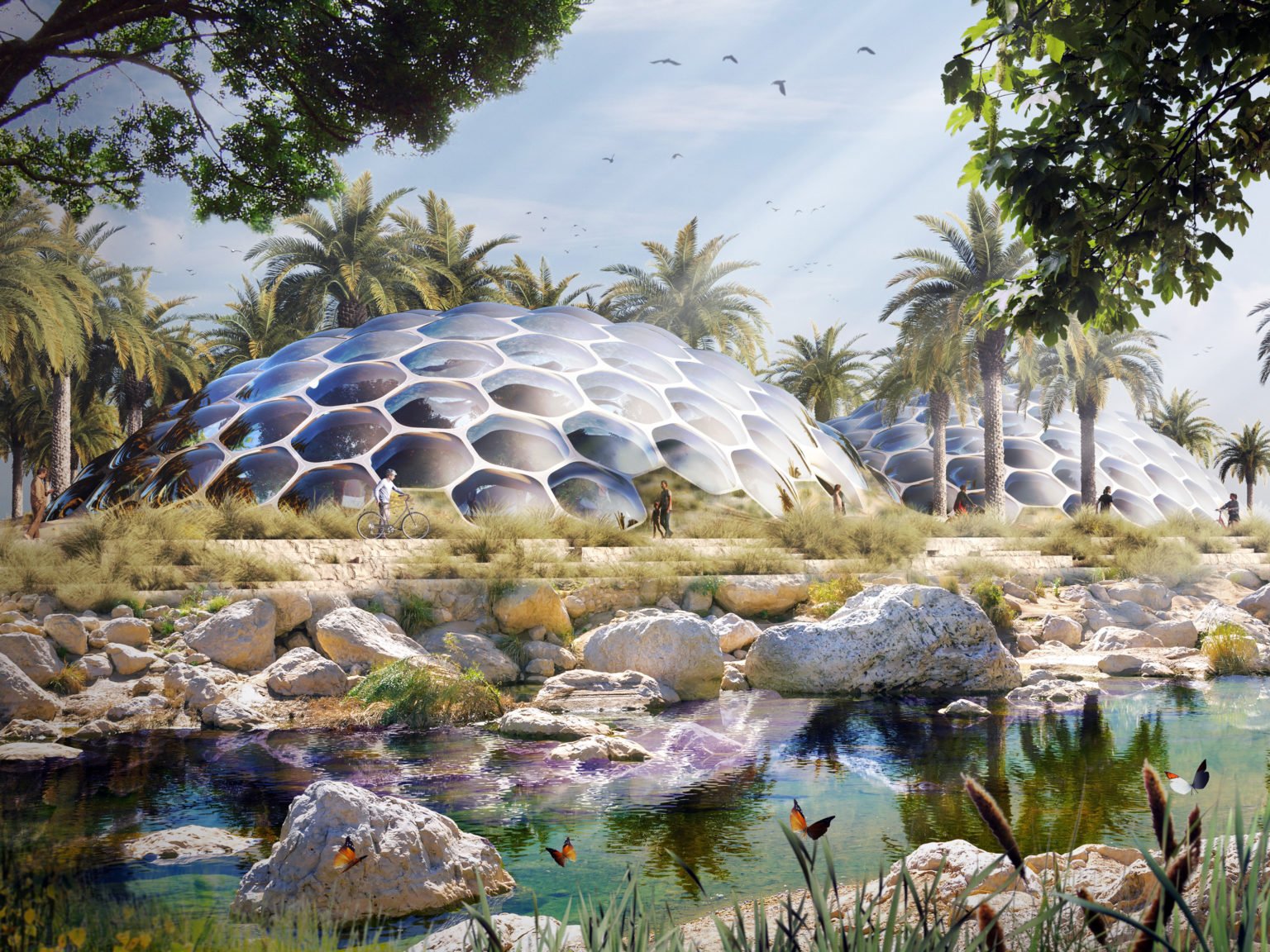The dark side of rapid urbanisation is that it is leaving cities grappling with environmental deterioration. Issues such as traffic congestion, substandard urban infrastructure, and insufficiency of fundamental amenities like water supply, sanitation, and waste management lower standard of living and stir stressful environments. Moreover, rapid urban sprawl has led to increased construction thereby leading to increased stress on resources as well as an increased impact on the environment.
Data on global carbon emissions suggests that 70% of global carbon emissions are accounted for by cities. The majority of these issues stem from industrial and motorised transportation systems that consume substantial amounts of fossil fuels and depend on extensive infrastructure built using materials with a high carbon footprint.
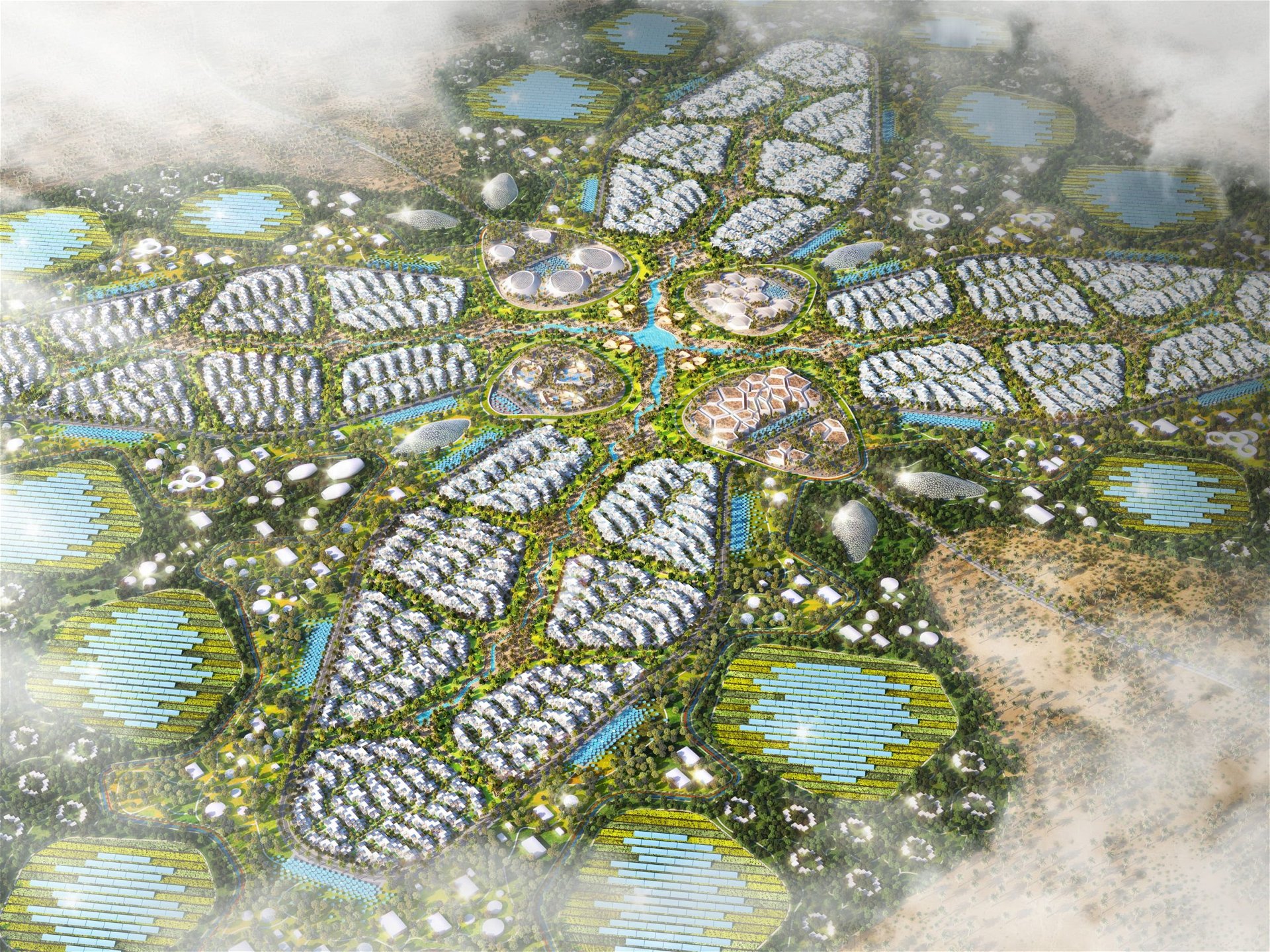
Thus, it is of utmost importance that at every level we look at making cities sustainable and environment-conscious in every possible way. Sustainable cities, as the name suggests, focus on a more holistic and environmental way of living. Climate crisis and depletion of resources indicate that the future can only be salvaged through a sustainable outlook. However, can sustainable cities really be called the future?
To quench our curiosity, we spoke to Baharash Bagherian, Founder of URB. URB is a leader in developing sustainable cities, and Baharash has led the design of many sustainable cities including The Sustainable City in Yiti, Oman and The Sustainable City in Yas Island Abu Dhabi.

The Concept of Sustainable Cities
“A common definition of a sustainable city is one that provides the highest quality of life together with the lowest environmental footprint, whilst also ensuring the needs of future generations are not compromised,” begins Baharash. Nevertheless, he mentions that sustainable cities are still in their nascent stages, and as urban difficulties increase, lifestyle patterns alter, socio-economic obstacles expand, and new technologies surface, the concept of a sustainable city is rapidly evolving.
“The increased rate of climate change is also fueling new thinking in the planning of the next generation of sustainable cities, for which URB are creating benchmark models for others to follow,” he establishes.
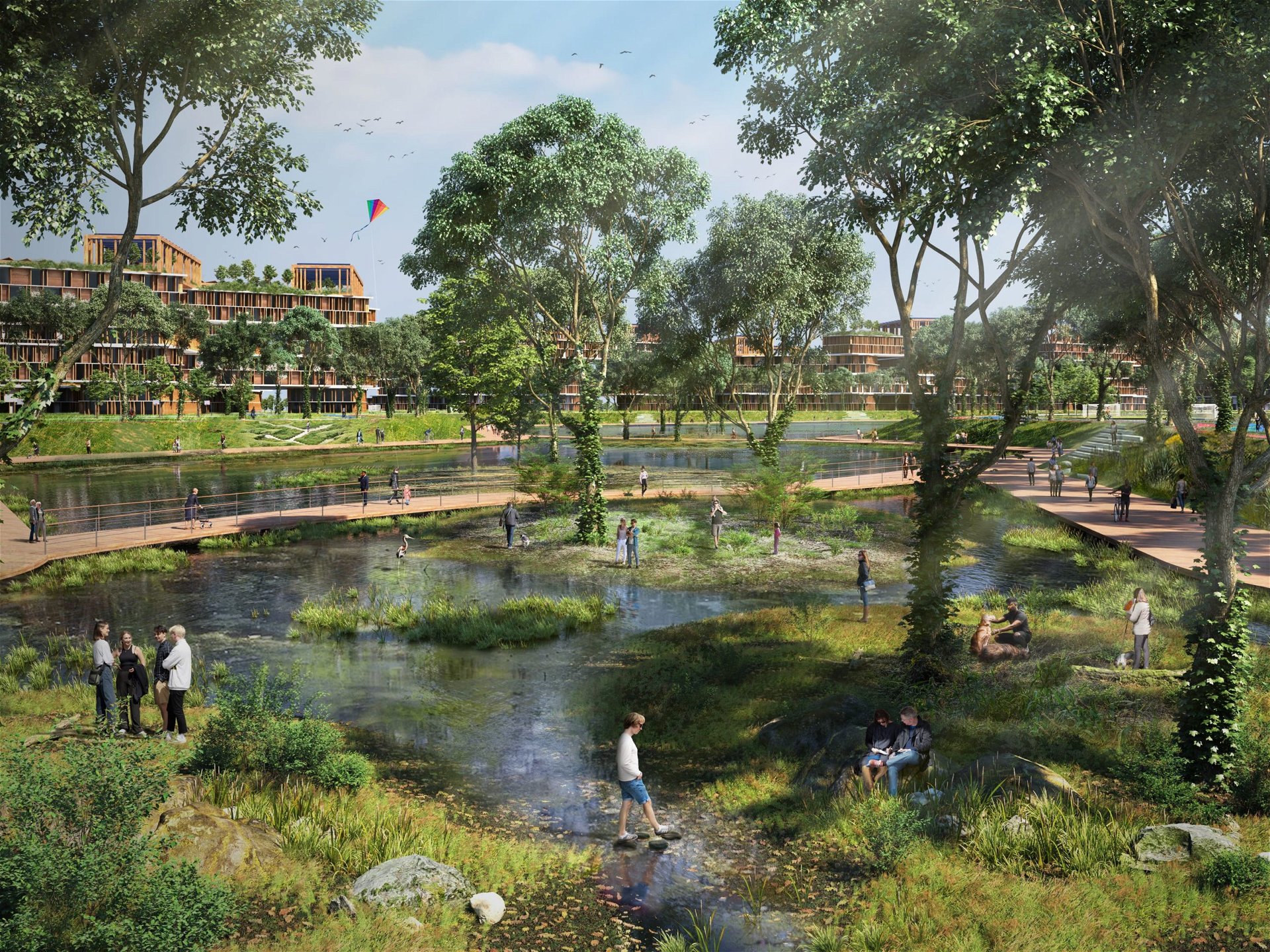
To turn the vision of a sustainable urban environment into reality, there is a need to first understand the core features of a sustainable city. A sustainable city is much more than a low-carbon impact-built environment, it encompasses a lifestyle that offers people a clean, healthy, and safe ecosystem. When further questioned on what features make up a sustainable city, Baharash went on to summarise six succinct aspects, as follows:
- A socially inclusive environment is the one that provides an equal, discrimination-free dwelling for all, without financial, social, racial, and any other biases.
- A sustainable city must be multi-functional and developed to be a mixed-use destination providing leisure, tourism, educational, medical, wellness & various other assets.
- Feasible to construct utilising private equity and cost-effective to operate.
- The city should prioritise pedestrian-friendly environments by creating multifunctional green spaces that are centrally located and in close proximity to essential services and amenities, with no car access.
- Designed to be resilient for the future with provisions for food, energy & water security.
- Passive techniques are the primary driver in planning.
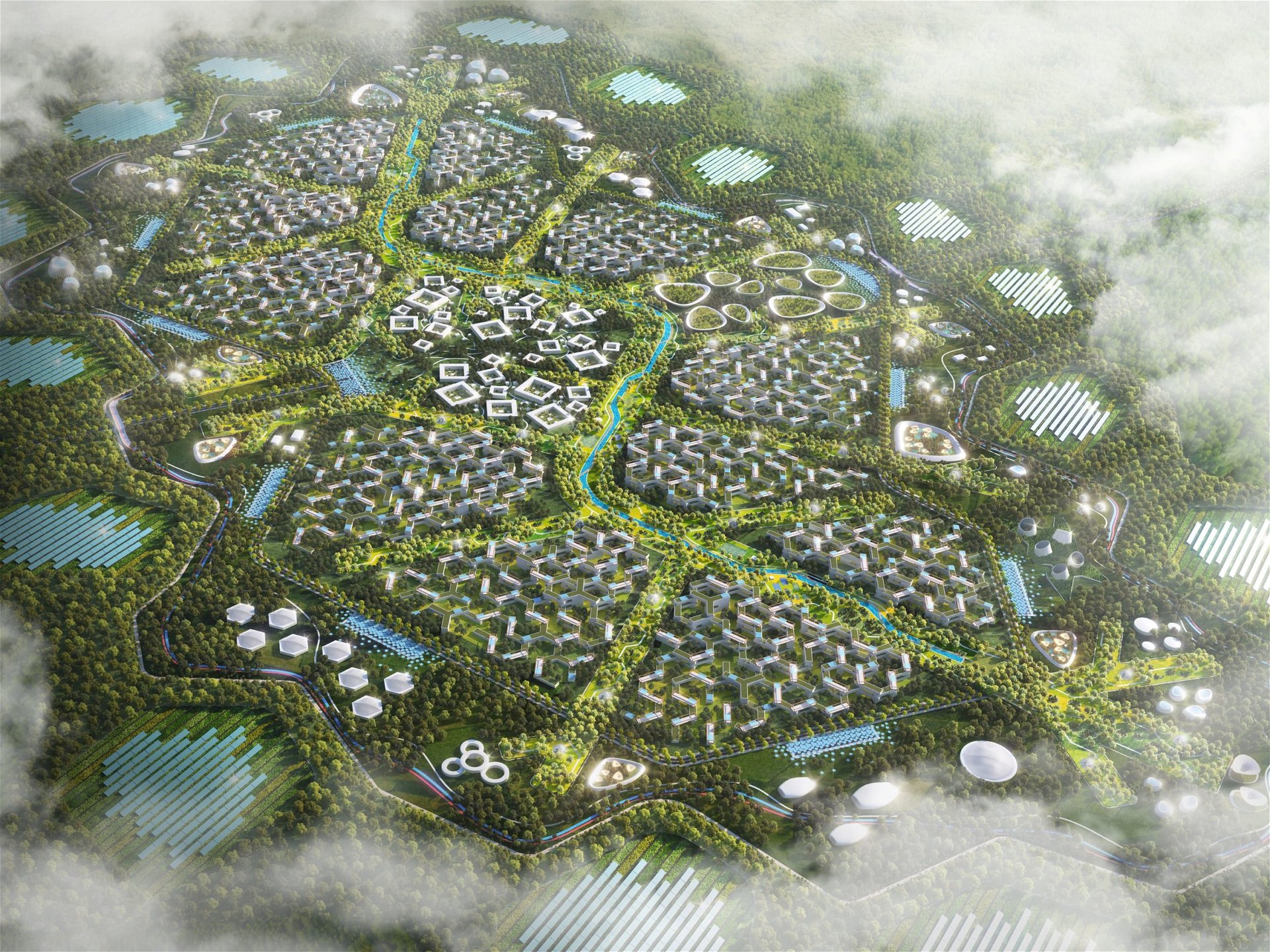
Can an existing city be converted into a sustainable city?
Yes. The challenges are very different & requires an innovative mind-set in some areas. At URB we are already looking at innovative solutions through our Urban Tech Incubator. Yet for existing cities to become sustainable at a rapid pace, it requires collaboration as well as an entrepreneurial spirit and a bottom-up empowerment.
Building Sustainable Cities does not stop at Construction
The next important step is identifying the medium of construction- the materials and construction techniques used to develop sustainable cities.
Baharash reveals, “Whilst recycled/ biodegradable materials are on any developer’s wish-list for sustainable developments, the reality is that the final selection of materials must consider a holistic overview of various variables.”
These variables include life cycle assessment, transportation, local market availability, embodied carbon emissions, the intended purpose of the materials, and capital and operational costs. “Once each material option is studied in-depth, in comparison to the various other options based on these variables, a better understanding can be reached on which material can provide the best balance between economics and environmental goals”, adds Baharash.
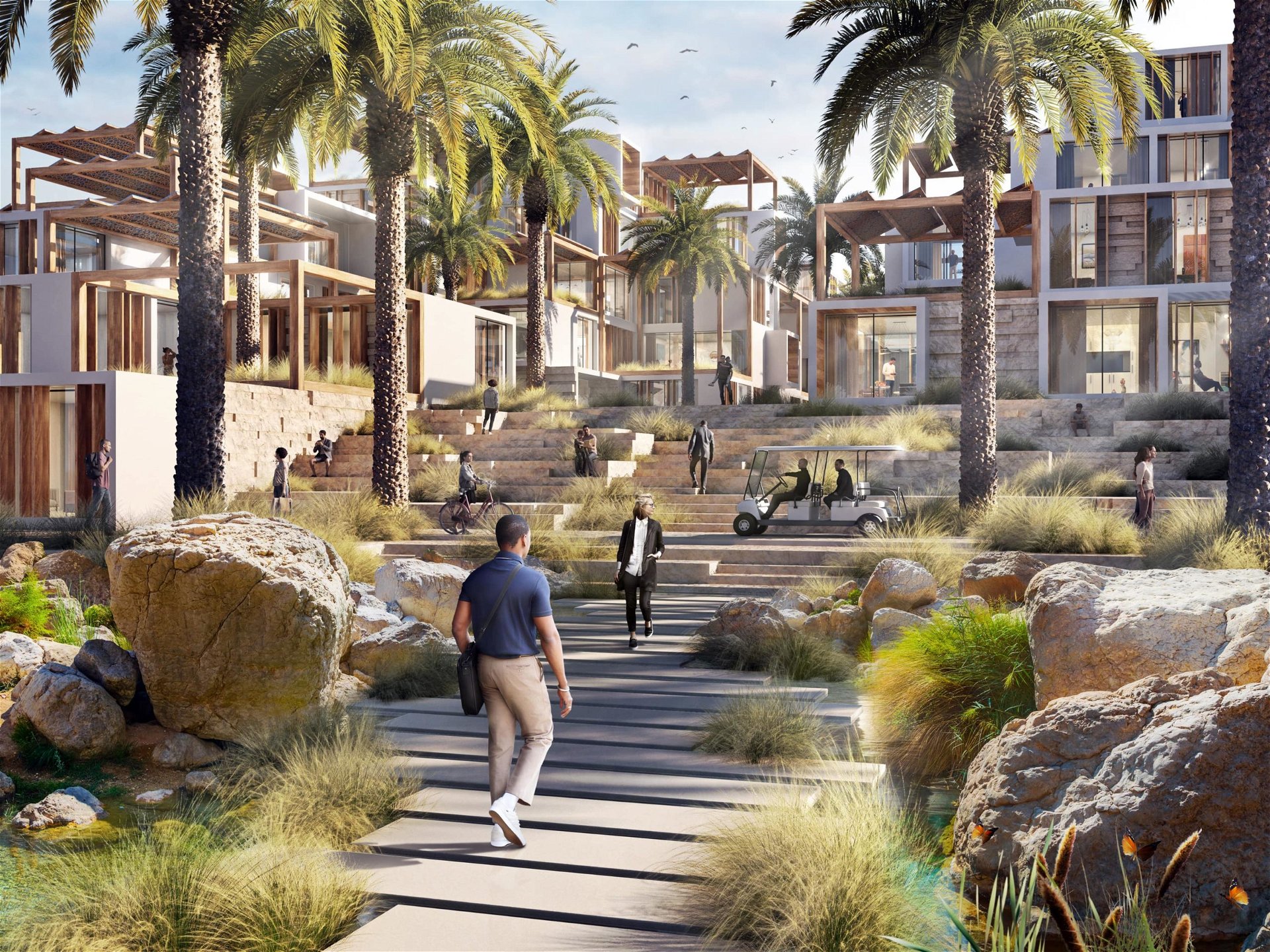
But is this the extent of building a sustainable city? On this, Baharash obliges, “A sustainable city isn’t something that is planned and constructed. Thus the construction completion is only one small part of a larger cycle. The operation of a city is the biggest measure – this goes beyond environmental sustainability. It is about the social and economic sustainability of a city. For such cities to remain sustainable even decades after construction, they must become like living labs.”
He also reveals that upcoming sustainable cities are constantly monitoring the services, assets & resources during operations, using Artificial Intelligence for predictive analysis, piloting new innovations, analysing user feedback in the city, whilst increasing the value of their real estate. “This will allow the city to constantly improve itself and better understand how residents are living in the city. Such cities will provide educational workshops for new and existing residents, whilst also promoting social engagements amongst residents.”
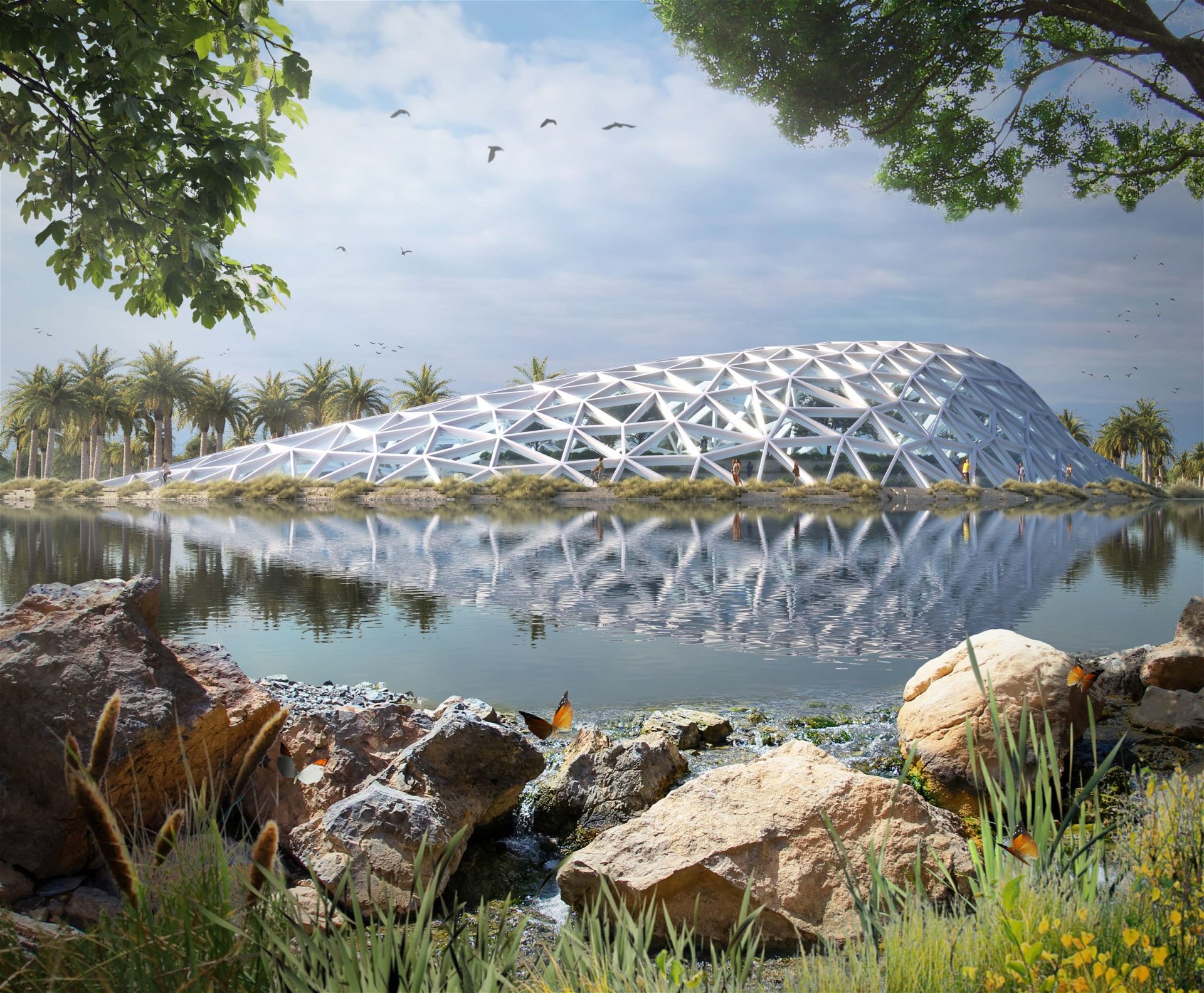
“The challenges are very different & require an innovative mindset in some areas. At URB we are already looking at innovative solutions through our Urban Tech Incubator. Yet for existing cities to become sustainable at a rapid pace, it requires collaboration as well as an entrepreneurial spirit and bottom-up empowerment.”
Technology in Building Sustainable Cities: Today and Tomorrow
Technology can act as a catalyst for successful sustainable urbanisation. Incorporating ICT and IoT into the hard and soft infrastructures of sustainable cities can transform networks and services for efficiency and collaboration. A smart grid strategy should optimize resources for residents, with components like EV charging, self-driving cars, and solar farms improving livability.
“At a city level, there should be a smart grid strategy in various layers such as energy, water, food, waste, air quality, health & wellbeing to provide resources more efficiently and equitably to residents. E.V charging stations, self-driving cars & solar farms are just some of the components that will improve connectivity and livability”, specifies Baharash.
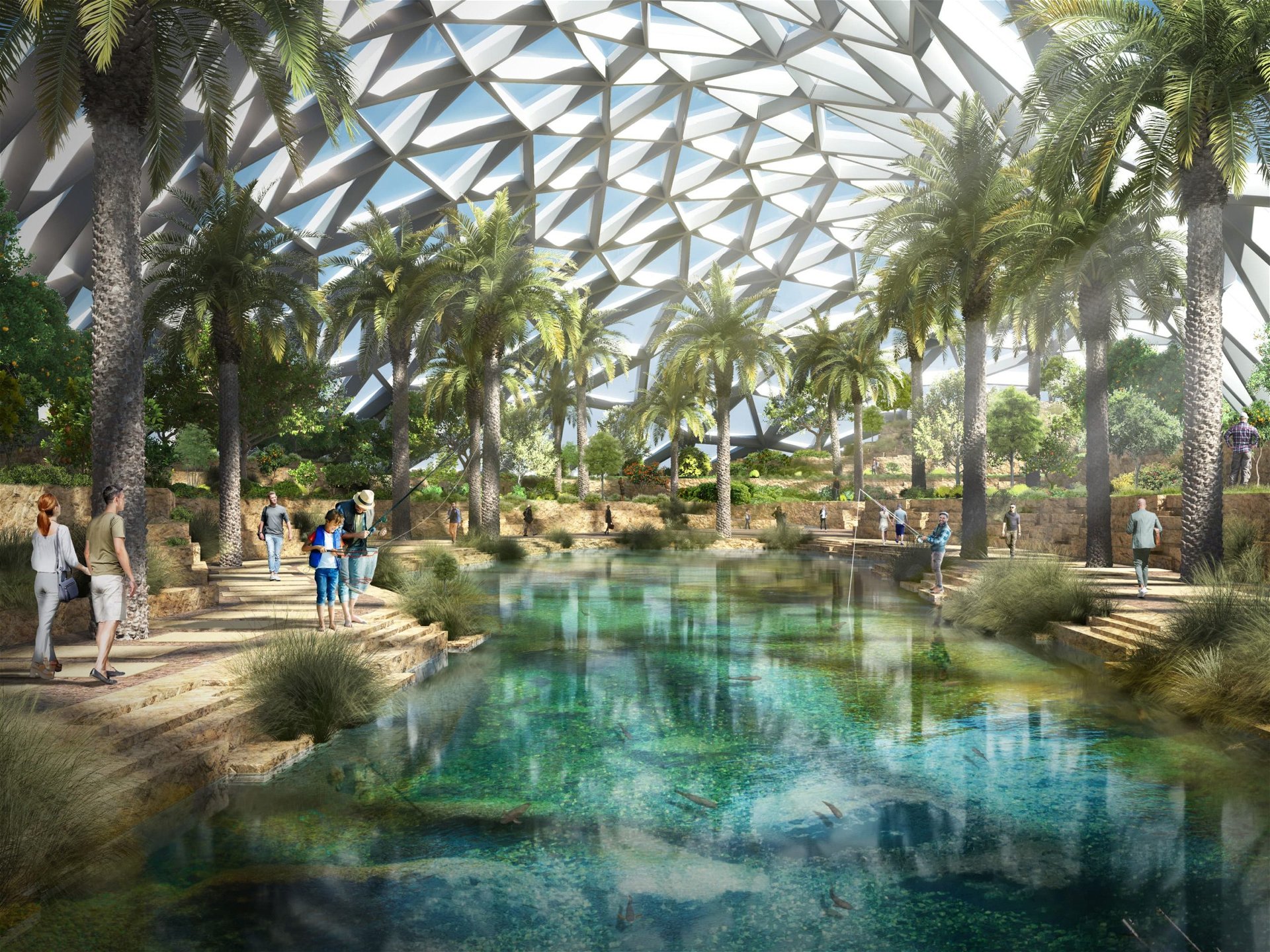
He also forecasts that next-generation smart cities will export-import renewable energy and enable home energy management with smart solar grids. Today, homes are equipped with smart metres in an intelligent network to create a renewable solar distributed generation grid. A step-further would be – home energy-management solutions that are enabled through transmission and distribution by the city’s smart solar grid systems.
“Smart cities also embed sensors within their infrastructure which are connected to the IoTs and can communicate in real time to various components within the city. For example, waste can be collected upon receiving automatic notification that they are full. Real-time user data can be analysed to provide an estimate of the day and time of future waste collections. Smart water systems can reduce resident water consumption. All bathrooms, kitchens, water features, irrigation systems and facilities can be integrated with highly efficient water saving technologies. Drinking water can be produced on-site through solar powered air-to-water generators.”
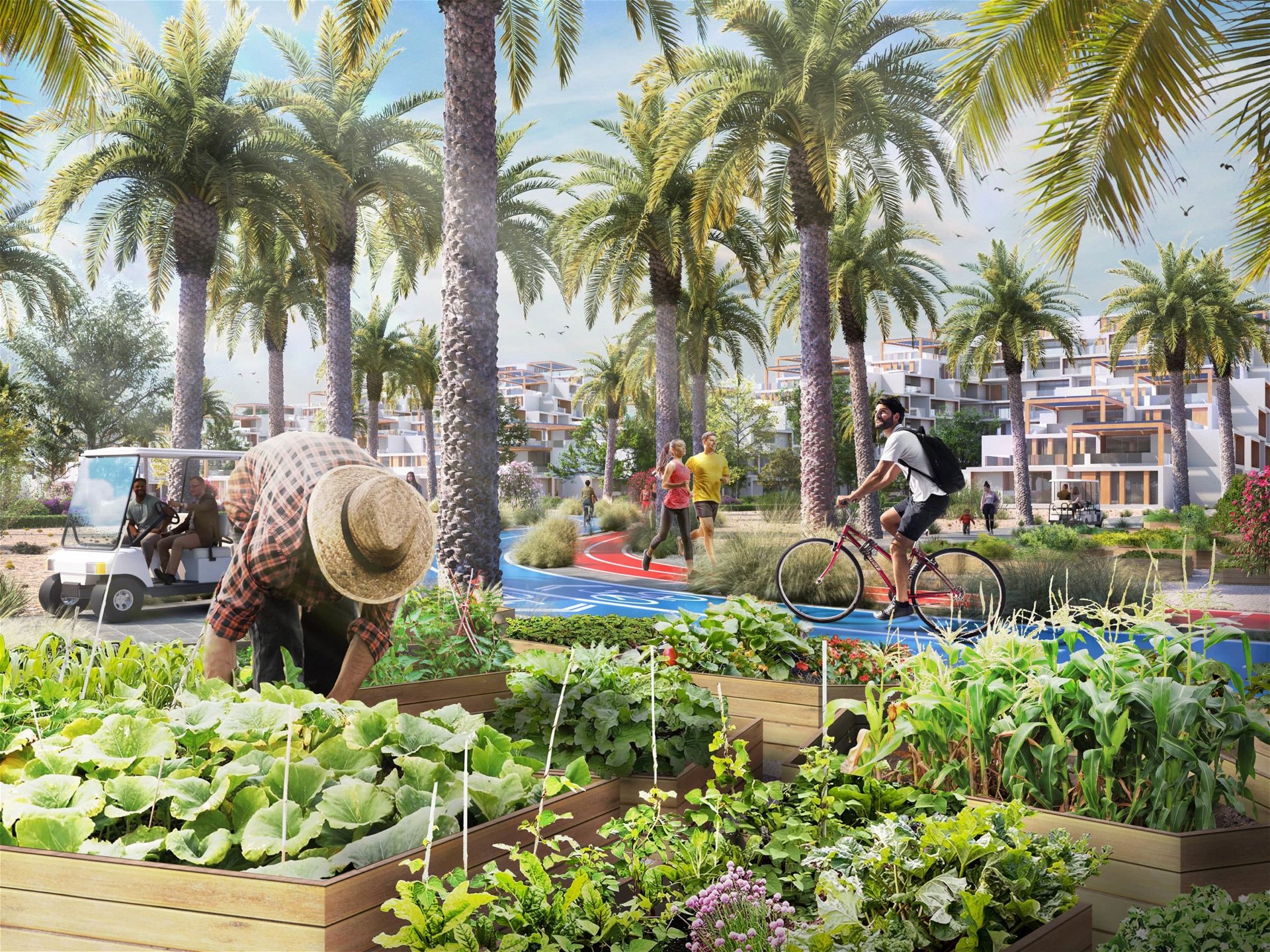
Clearly, at building level, sensors are pivotal to sustainable cities. Baharash elaborates, “Indoor lighting and temperature can automatically be adjusted based on various variables. These variables include the number of occupants in a room, the time of day as well as exterior weather and light conditions. All buildings can have embedded sensors to detect motion, temperature, noise, moisture, fire and smoke to provide real-time data and help improve operational efficiency, safety and security.”
The founder of URB also predicts that the next generation of smart cities will also integrate scalable agri-tech including biosaline agriculture, vertical farms, aquaponics, fish and dairy farms which will be enabled by data science, IoT, AI, and automation and are able to produce higher quality foods that are locally grown.
Describing his vision for the future, goes on , “The next generation of smart cities should also have the capacity to analyse the exact amount of resources and services that are being consumed in real-time. This means understanding the exact amount of water, energy or waste and food that is being consumed in each part of the city, as well as understanding where key services are most required such as emergency and security. This allows for better management and efficient use of resources and services. This analytic data will also ensure that the city is aware of the amount of resources and services that are needed for the various parts of the city to function to the same capacity during any event. This data will help the city to prepare itself in becoming a resilient city. Thus transforming our cities into smart destinations is an important step for creating resilient cities.”
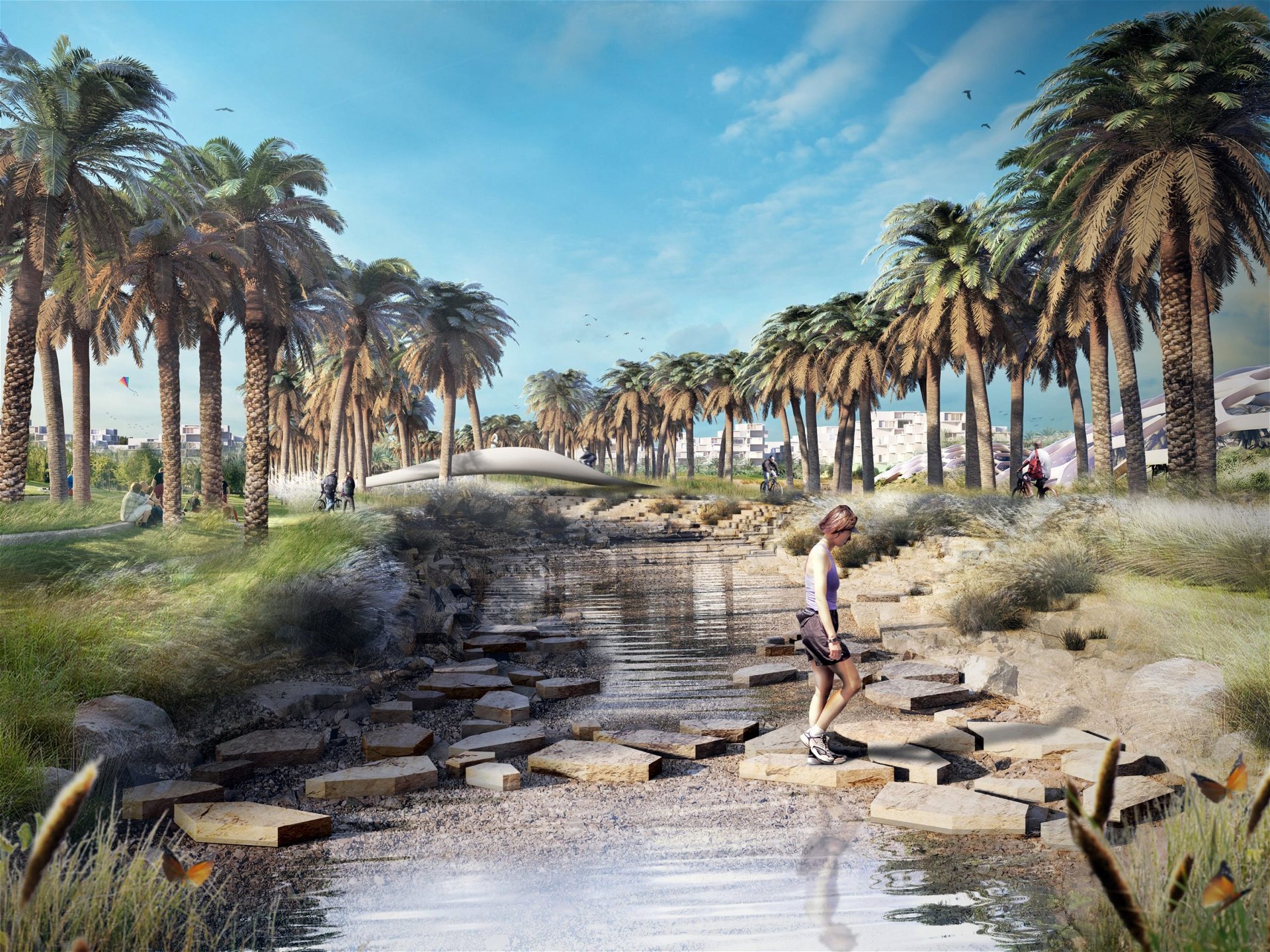
Would it be safe to say that all sustainable cities are smart cities?
“Absolutely no. Technology can make a city smart, but not necessarily more sustainable. A sustainable city can thus be sustainable with very little technology if planned holistically, using passive techniques and various urban planning optimisations in land use, urban mobility, density etc. Above all, a balanced approach to sustainability considering the three pillars, social, economical and environmental is far more important than the amount of technology embedded inside a city.”
Can certifications measure the sustainability of a city?
As mentioned so far, to have a holistic, sustainable city is to have sustainability across more parameters than just design and construction. The extent of sustainability cannot be determined solely by certifications or benchmarks. While environmental factors and revenue-generating assets can be assessed to determine a city’s environmental and economic sustainability during operations, social sustainability is also a critical pillar that needs to be evaluated. This can be gauged by the lifestyles of residents, the quality of their lives, and their overall well-being.
“However, the best measure of a sustainable city is by how well people know their neighbours”, Baharash adds.
Finally, why are sustainable cities the future?
“Over the last century, urbanisation has been increasing at a dramatic rate, and is expected to keep growing significantly for the remainder of this century. A fast-growing urban population, coupled with climate change, has created significant challenges on how our cities can improve the quality of our lives, whilst also reducing our impact on the environment. The creation of sustainable cities is thus no longer a choice, it has become a necessity.”
Article info
Article:
Date added:
14 March, 2023

